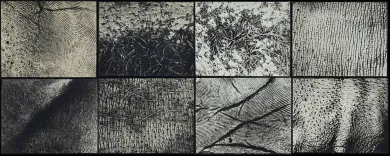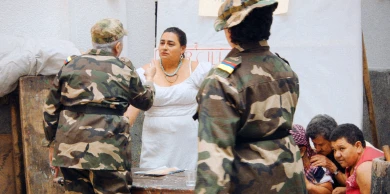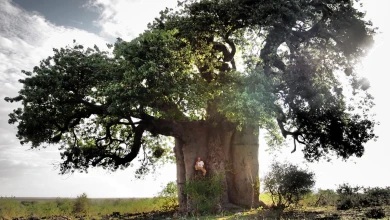Program
-
Monday March 21
Session 1. Documentary and Social Pedagogy, 1930-35. Film-Train and the Pedagogical Missions
Presented by: María García Alonso
In the anonymity of collective work, the Pedagogical Missions and the Kinopoezd [Film-Train] experience shared an educational purpose with the aim of producing a series of images and documents that would establish a two-way exchange of knowledge about the other – from urban settings to rural settings and vice versa–, and also of transmitting ideology through the culture and values advocated by the Spanish Republic, in the case of Spain, and by the Bolshevik Revolution, in the Russian context. The lack of declared authorship in the fragments shown does not take away from the prominent role of two specific personalities: Val del Omar in the Missions and Medvedkin in the Film-Train experience. The assumption by both of the didactic and mobilizing function of film is the backbone of their filmographies and writings.
Val del Omar. Misiones Pedagógicas: Estampas 1932, 1932. 35mm film, B/W, no sound, 11'. Courtesy of Instituto Valenciano del Audiovisual y la Cinematografía "Ricardo Muñoz Suay," Valencia.
Chris Marker. The Last Bolshevik, part 1, 1993. Film transferred to video, colour and B/W, original version with Spanish subtitles, 60'. Courtesy of Intermedio, Barcelona.
Monologue by Alekandr Ivanovich Medvedkin, taken from Chris Marker. Le Train en Marche, 1977. Film transferred to video, B/W, original version with Spanish subtitles, 17'. Courtesy of Intermedio, Barcelona.
-
Thursday March 24
Session 2. Vibration of Desire, 1935-40. Cinegraphies and Avant-Garde
Presented by: Jesús González Requena
Vibración de Granada was made by Val del Omar outside of the Pedagogical Missions. This short film, his most personal work to date, is a portrait of the Alhambra and a look at his city of origin. The film marks a shift towards poetic documentary, the results of which he would later call cinegraphies or elementals. In Rose Hobart, Joseph Cornell re-edits East of Borneo, a 1931 drama directed by George Melford, starring Rose Hobart and Charles Bickford. With this film collage, Cornell subverts the meaning of the original screenplay to create a film with continuous ellipses, where shots lack continuity and there is no narrative line, yet the final result surprises with a new meaning. Cornell and Val del Omar not only share avant-garde film techniques, but also a fixation with desire in the gaze.
Val del Omar. Vibración de Granada, 1934-35. 16mm film, B/W (screened with green filter), no sound, 21'. Courtesy of Archivo María José Val del Omar & Gonzalo Sáenz de Buruaga.
Joseph Cornell. Rose Hobart, 1936-39. 16mm film, B/W with blue tone, sound, 17'25". Courtesy of Light Cone, Paris.
-
Monday March 28
Session 3. Other Primitivisms, 1953-55. Flamenco and the Image in Movement
Presented by: Pedro G. Romero
In the 1950s, Val del Omar took film experimentation to an extreme, both in technical and formal aspects, as well as content. In terms of formal experimentation, his work is akin to the generation of cinematic poets that emerged post-war in the United States, such as Kenneth Anger, Stan Brakhage, and Marie Menken. This session highlights how the film craft was used as a vehicle for mystical reflection, meditation on representation, and the search for popular roots in the work of the Granada-born artist. This search is also connected to Marie Menken’s film made in the Alhambra, Arabesque for Kenneth Anger. The reflection on representation and the idea of ballet in Fuego en Castilla establishes a dialogue with the film Bailes Primitivos Flamencos, edited by Vicente Escudero, whose finger and nail tapping form part of the soundtrack for Fuego en Castilla.
Val del Omar. Aguaespejo granadino (La gran siguiriya), 1953-55. 35mm film, B/W with green tone, Dolby SR sound, 23'. Courtesy of Archivo María José Val del Omar & Gonzalo Sáenz de Buruaga.
Marie Menken. Arabesque for Kenneth Anger, 1958-61. 16mm film, colour, sound, 4'. Courtesy of Light Cone, Paris.
Val del Omar. Fuego en Castilla (TáctilVisión del páramo del espanto), 1958-60. 35mm film, B/W and colour, Dolby SR sound, 18'. Courtesy of Archivo María José Val del Omar & Gonzalo Sáenz de Buruaga.
Vicente Escudero and Herbert Matter. Bailes primitivos flamencos, 1955. 16mm film transferred to video, B/W, sound, 16'26''. Courtesy of Museo Reina Sofía.



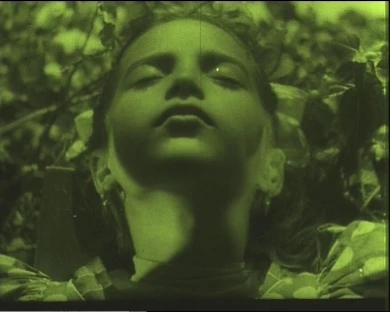

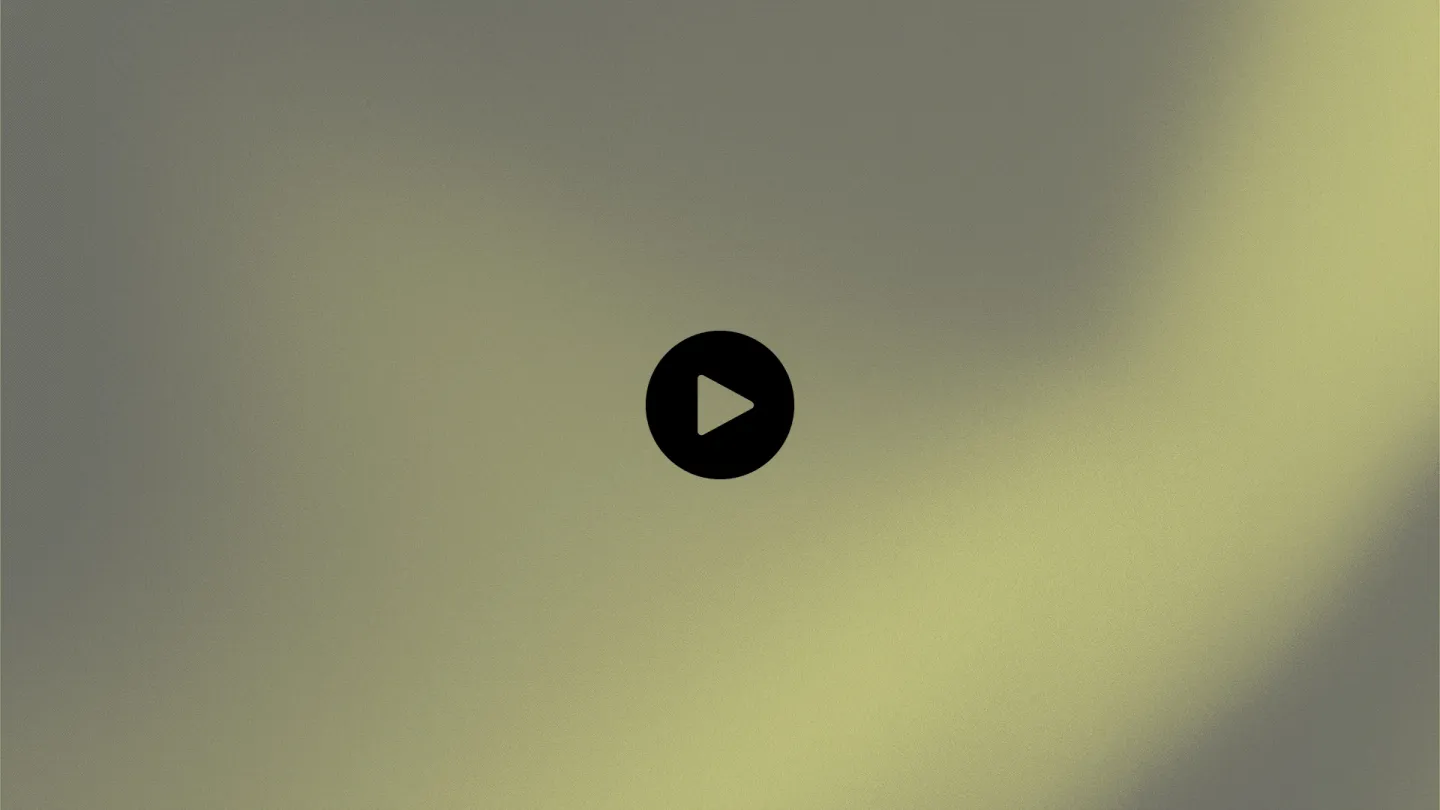
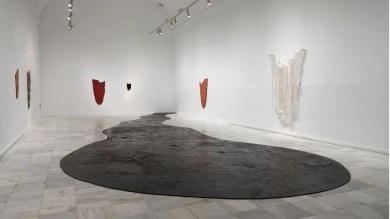
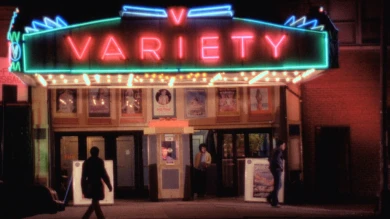
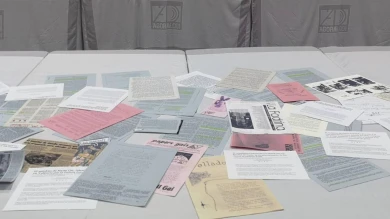
![Miguel Brieva, ilustración de la novela infantil Manuela y los Cakirukos (Reservoir Books, 2022) [izquierda] y Cibeles no conduzcas, 2023 [derecha]. Cortesía del artista](https://recursos.museoreinasofia.es/styles/small_landscape/public/Actividades/ecologias_del_deseo_utopico.jpg.webp)
![Ángel Alonso, Charbon [Carbón], 1964. Museo Reina Sofía](https://recursos.museoreinasofia.es/styles/small_landscape/public/Actividades/perspectivas_ecoambientales.jpg.webp)

